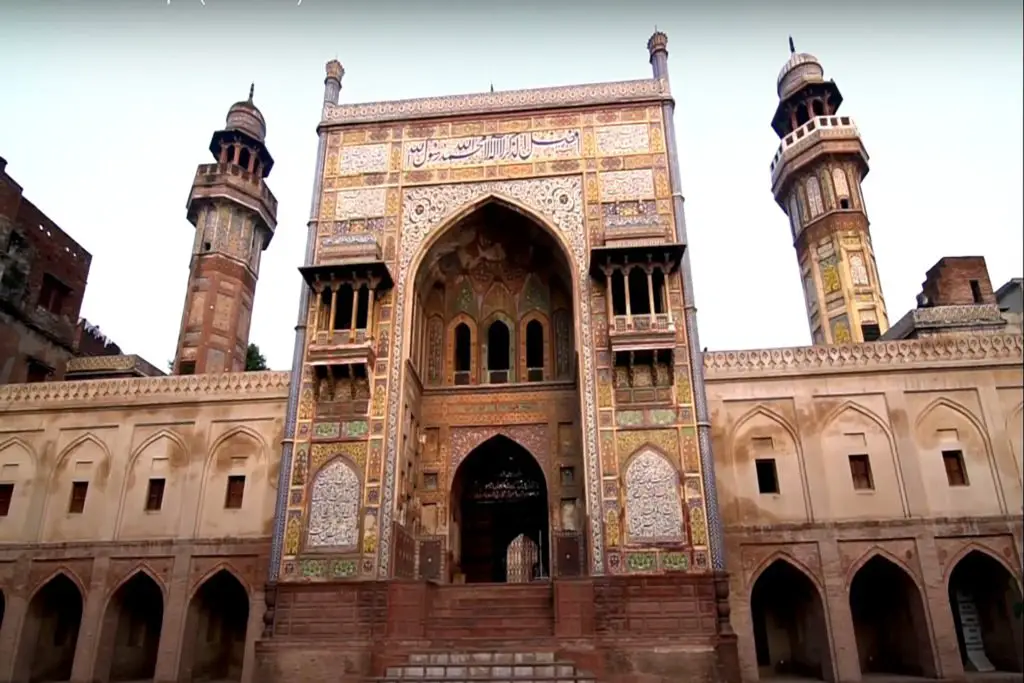The ancient city of Sirkap is located in the Taxila region of Pakistan and dates back to the 2nd century BCE. It was founded by the Greek emperor Seleucus Nicator and was one of the most important cities of the Indo-Greek Kingdom.
Location if Sirkap Taxila
Sirkap is located just a few kilometers away from the city of Taxila on Khanpur dam road, and it served as an important center for trade and commerce during its heyday. The city was built on a strategic location, overlooking the river Jhelum, and was home to a diverse population of Greeks, Indians, and other peoples from Central Asia.
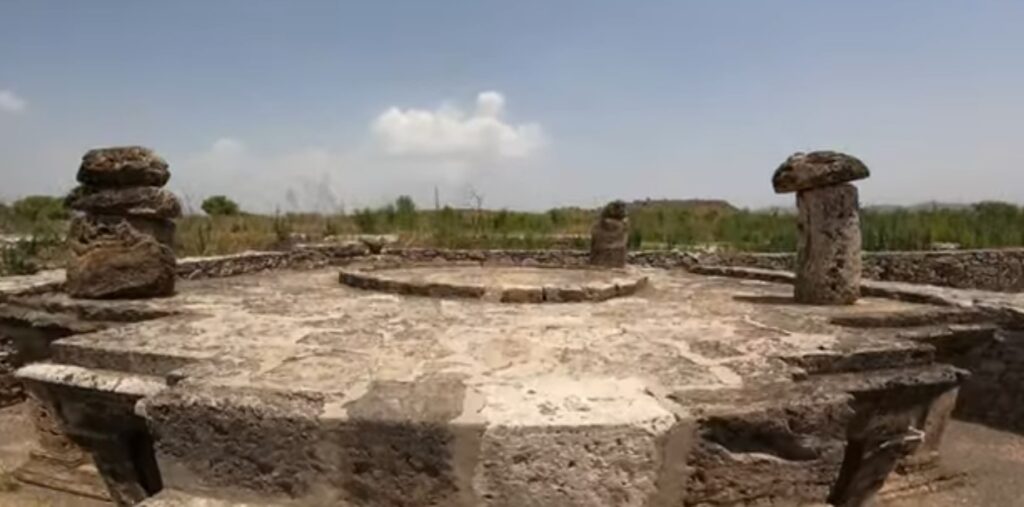
One of the most striking features of Sirkap is its unique architecture. The city was built according to a grid pattern, with streets running in straight lines and intersecting at right angles. This layout was typical of Greek cities of the time, and it was a departure from the more organic layout of Indian cities.
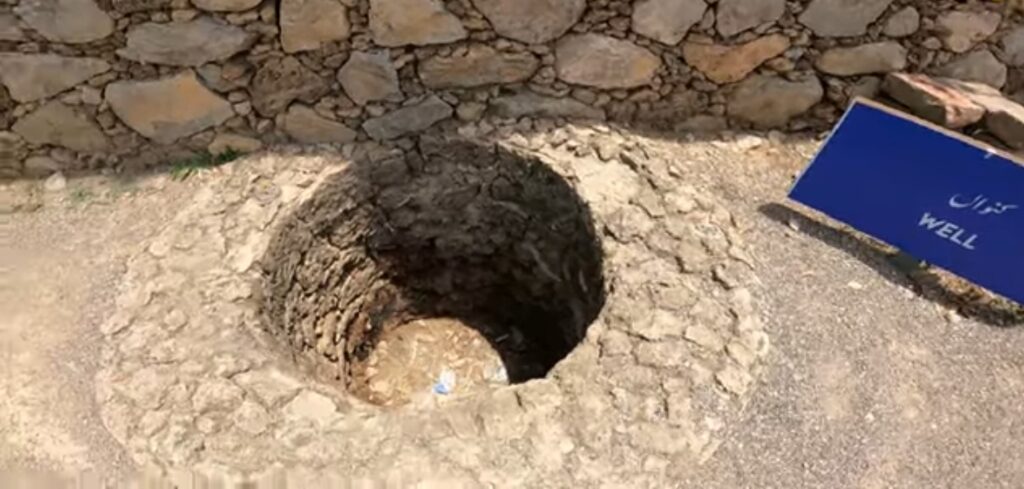
History of Sirkap Taxila
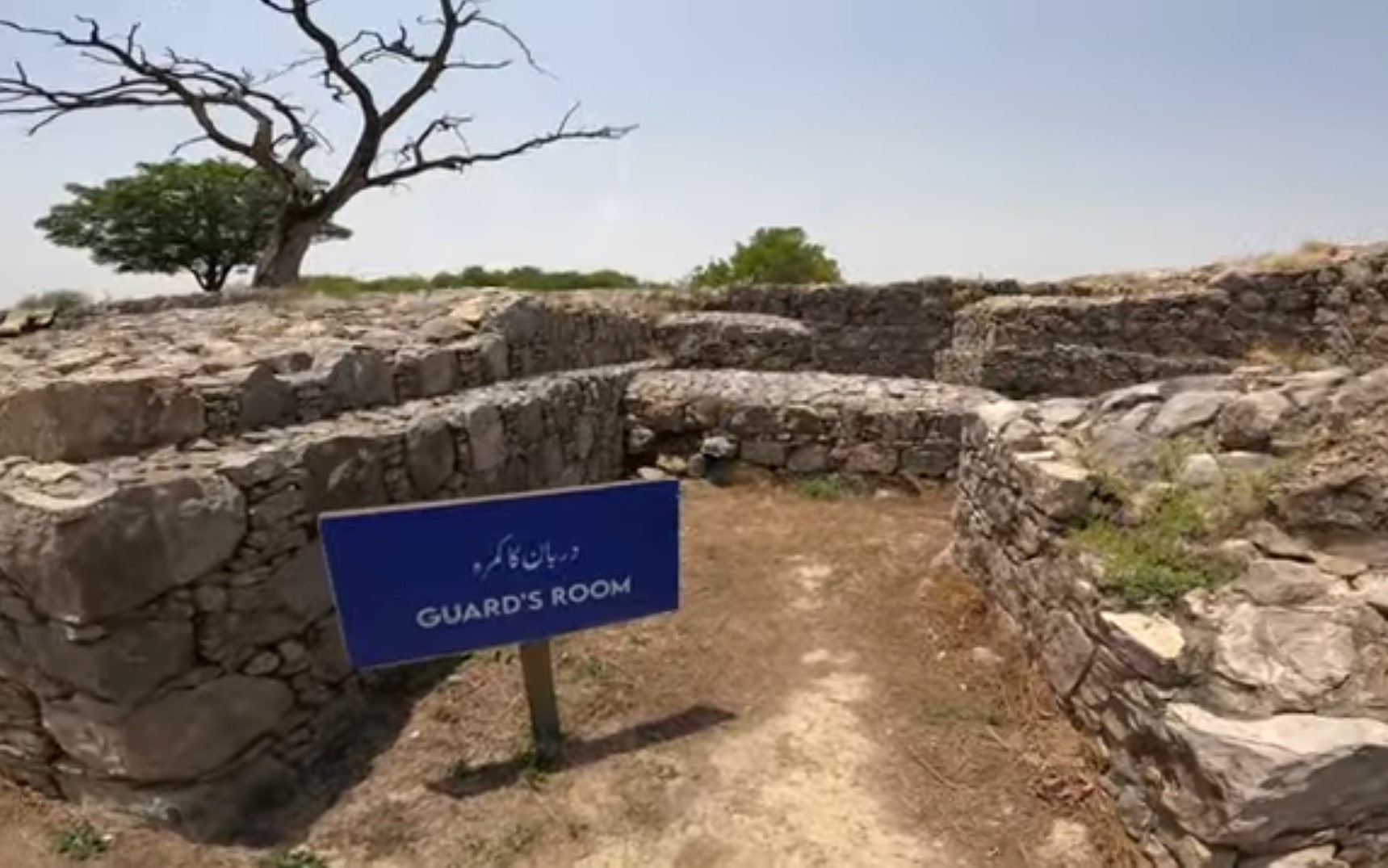 Sirkap was founded in the 2nd century BCE by the Greek emperor Seleucus Nicator, who established a number of cities throughout the region following the conquests of Alexander the Great. The city was built in a strategic location, overlooking the river Jhelum, and it was an important center for trade and commerce during its heyday.
Sirkap was founded in the 2nd century BCE by the Greek emperor Seleucus Nicator, who established a number of cities throughout the region following the conquests of Alexander the Great. The city was built in a strategic location, overlooking the river Jhelum, and it was an important center for trade and commerce during its heyday.
Sirkap was one of the most important cities of the Indo-Greek Kingdom, which was a Hellenistic state that existed in the region from the 2nd century BCE to the 1st century CE. The Indo-Greek Kingdom was a blend of Greek and Indian cultures, and it was characterized by a rich artistic and architectural heritage.
The city of Sirkap was built according to a grid pattern, with streets running in straight lines and intersecting at right angles. This layout was typical of Greek cities of the time, and it was a departure from the more organic layout of Indian cities.
Sirkap was home to a diverse population of Greeks, Indians, and other peoples from Central Asia, and the city was characterized by a mix of Greek and Indian architectural styles. The city was home to a number of temples and public buildings, including a theater and an agora, or market place.
The stupa at Sirkap was the focus of religious activity in the city, and it was surrounded by a complex of monasteries and other buildings. The stupa was adorned with elaborate carvings and decorations, and it was a testament to the artistic and architectural achievements of the Indo-Greek Kingdom.
Sirkap was an important city until the 1st century CE, when it was destroyed by the Kushan Empire. The city was abandoned and gradually fell into ruin, and it was eventually rediscovered by archaeologists in the 19th century.
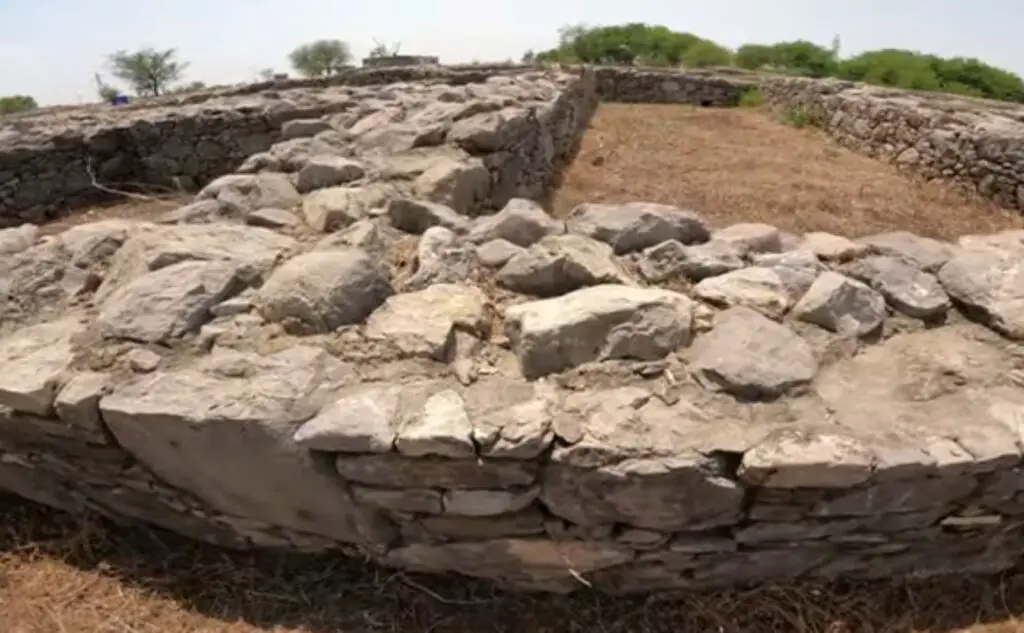
Archaeological excavations at Sirkap have revealed a number of important artifacts and structures. The city was home to a number of temples and public buildings, including a theater and an agora, or market place. These structures were built using a mix of Greek and Indian architectural styles, which is a testament to the blending of cultures that took place in the region during this time.
One of the most important finds at Sirkap is a large stupa, which was the focus of religious activity in the city. The stupa was surrounded by a complex of monasteries and other buildings, and it was adorned with elaborate carvings and decorations.
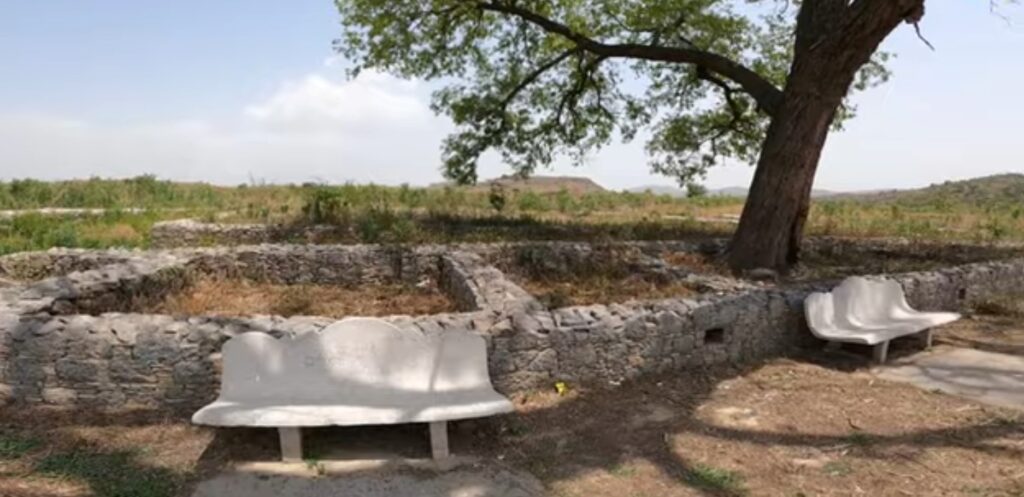
Today, Sirkap is a protected archaeological site, and visitors can explore the ruins of the city and see firsthand the fascinating artifacts and structures that have been uncovered over the years. It is a reminder of the rich history and cultural heritage of the Taxila region, and it offers a unique glimpse into the ancient world of the Indo-Greek Kingdom.


